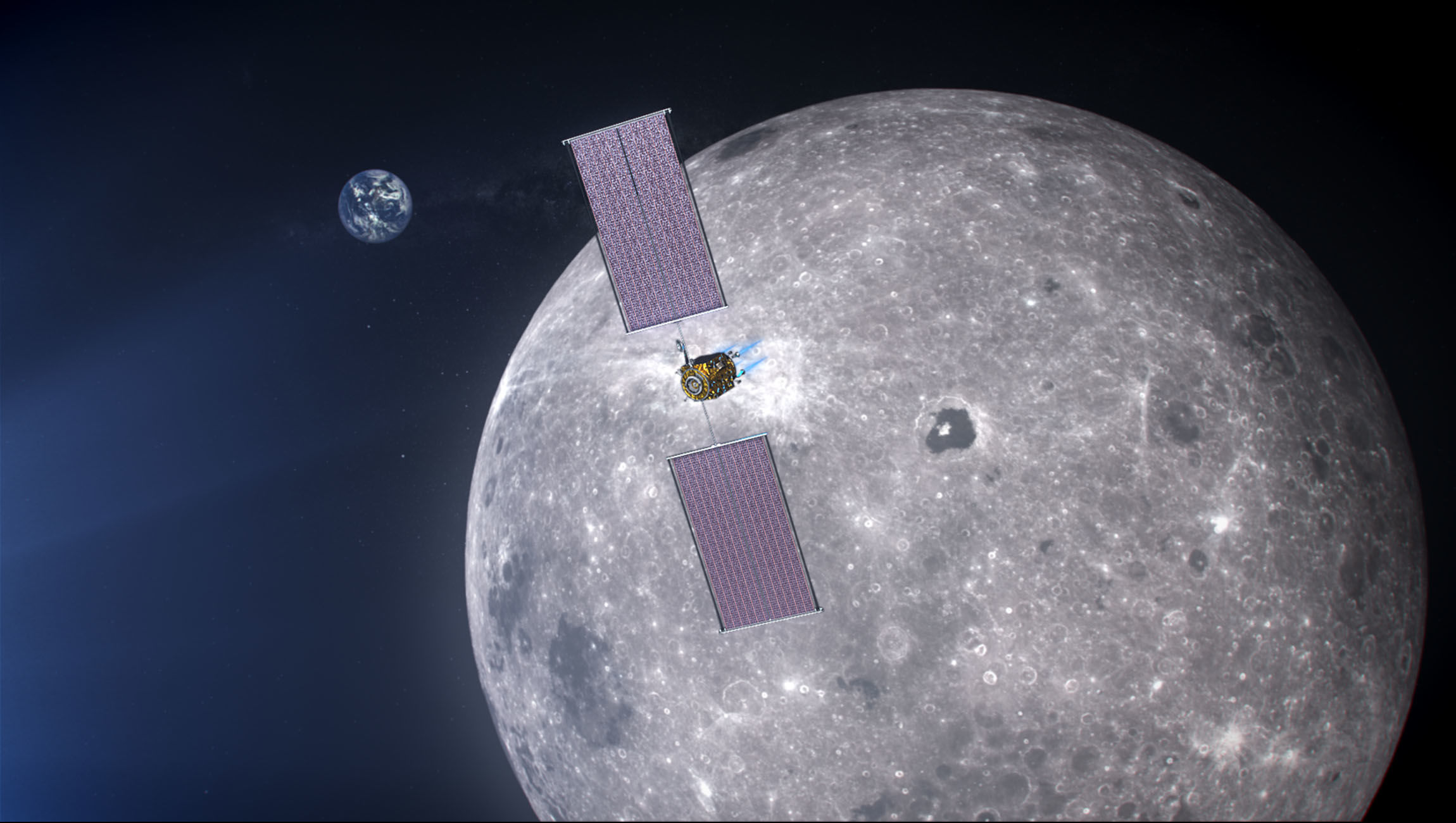Create a free profile to get unlimited access to exclusive videos, sweepstakes, and more!
The Lunar Gateway could be our first line of defense against killer asteroids

Earth’s battle against asteroids — just in case we get thrown into some sort of Deep Impact scenario — isn’t just going to be fought on this planet.
ESA wants to take it all the way to the Moon. When the Lunar Gateway is finally in orbit, besides serving as an outpost for astronauts headed to the cratered surface and (eventually) as a launchpad to Mars, it could also be on the front lines of asteroid defense. NASA is already getting ready to launch its DART mission next year to see how well it can take out a non-threatening asteroid, with ESA’s Hera spacecraft examining the aftermath. ESA is now collaborating with Politcecnico di Milano to see how we could best use the Gateway to defend Earth against potentially fatal asteroids.
“'Use of the Lunar Orbital Platform-Gateway as home base for FastResponse Planetary Defence Missions' has been funded by ESA,” Politcecnico di Milano notes on its website. “The project aims to use the Lunar Orbital Platform-Gateway (LOP-G) as a launchpad for probes intended to intercept asteroids on a collision course with Earth."
While the moon looks like it’s taken much more of a beating than Earth over billions of years, that is because it has no weather or any geological phenomena that can conveniently cover up the craters left behind from asteroids smashing into it. We might never know how many impact craters Earth really has. Unknown craters have been covered up by erosion, volcanic eruptions, and plate tectonics shaking up massive pieces of land. Otherwise they could tell us the full history of our planet's run-ins with asteroids, and give us a much more accurate idea of how likely it is that one will come for us again.
ESA is looking at a lunar operation similar to that of DART and Hera (together called Asteroid Impact and Deflection Assessment, or AIDA), which will target the larger half of binary near-Earth asteroid Didymos. For now, Didymos is being observed by telescopes on Earth to get as much intel as possible before the mission takes off. It will be much easier to sucker-punch an asteroid when you know as much as possible about its properties. The solar-powered DART spacecraft will use the kinetic impactor technique to purposely crash into Didymos with the intent of throwing off its motion through space.
While an asteroid can throw itself at Earth from anywhere, the Moon is too small to always take the hit if one happens to come charging at our planet from that direction — though it did last year when a space rock head-butted it at 38,000 mph, and punched a 50-foot crater into the lunar surface. Our planet would have been the star of its own sci-fi disaster movie if the Moon hadn’t been there.
There is still an advantage to deflecting rogue objects from lunar turf. If one is hurtling through the void with a trajectory that would take it past the Moon and straight to Earth, the Moon is still 238,900 miles away, and took Apollo 11 about three days to reach. That means launching something from there could knock the projectile off its path sooner than a spacecraft similar to DART would be able to if it took off from Earth at the same time. It may also be easier to reach incoming asteroids that are headed for us on different trajectories, depending on where they are zooming in from.
What happens when DART meets its fate will influence how this kind of tech is upgraded.
“[This project] comes out of one of the latest ideas received through ESA’s Open Space Innovation Platform, OSIP,” said ESA Discovery and Preparation Officer Moritz Fontaine of the program that is similar to NASA’s NIAC program. “Using OSIP, anyone is welcome to propose novel ideas to address space-related challenges.”
So they aren’t even done crowdsourcing. If quarantine boredom is getting unbearable, you now have something to do.
(via ESA)


























